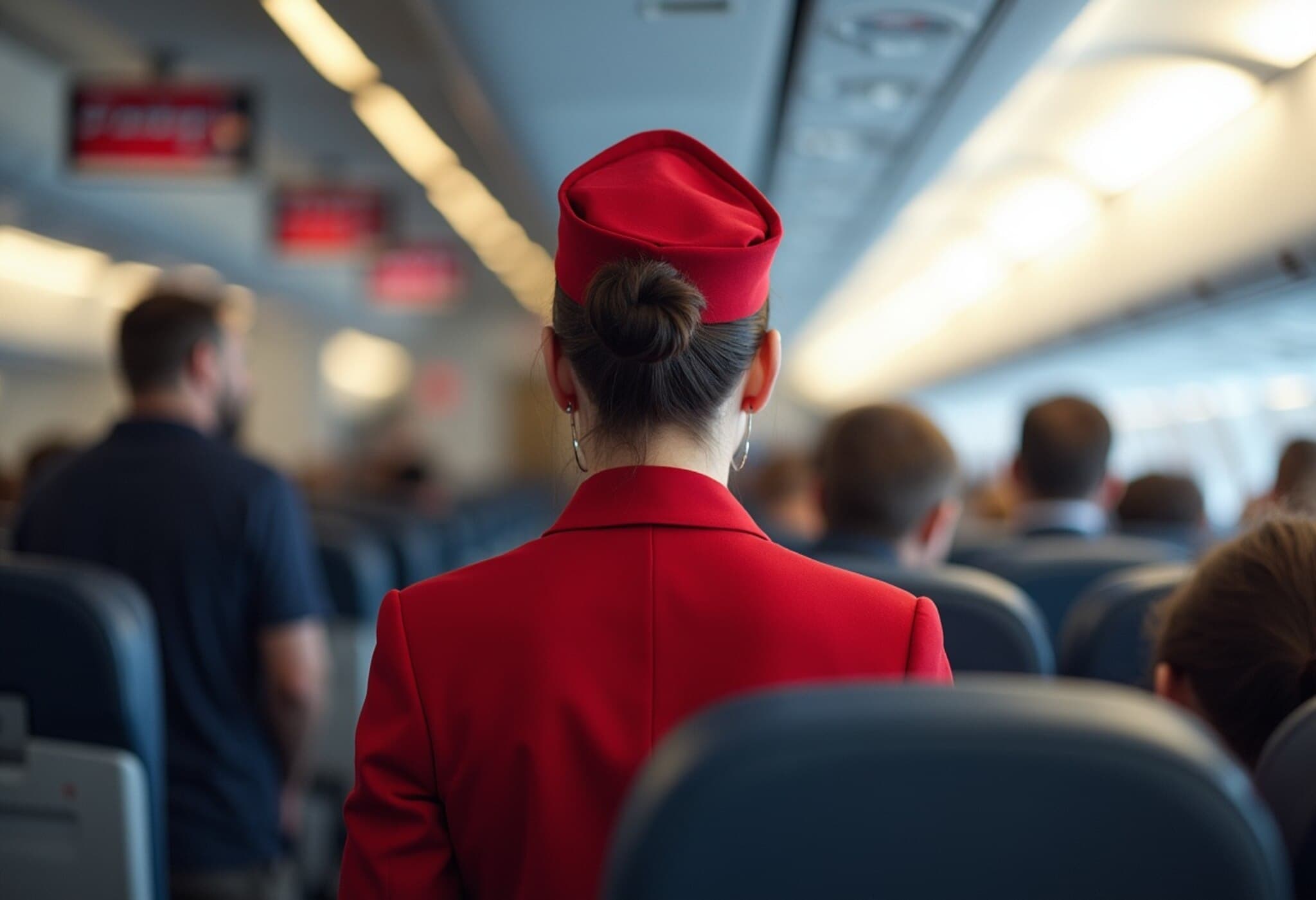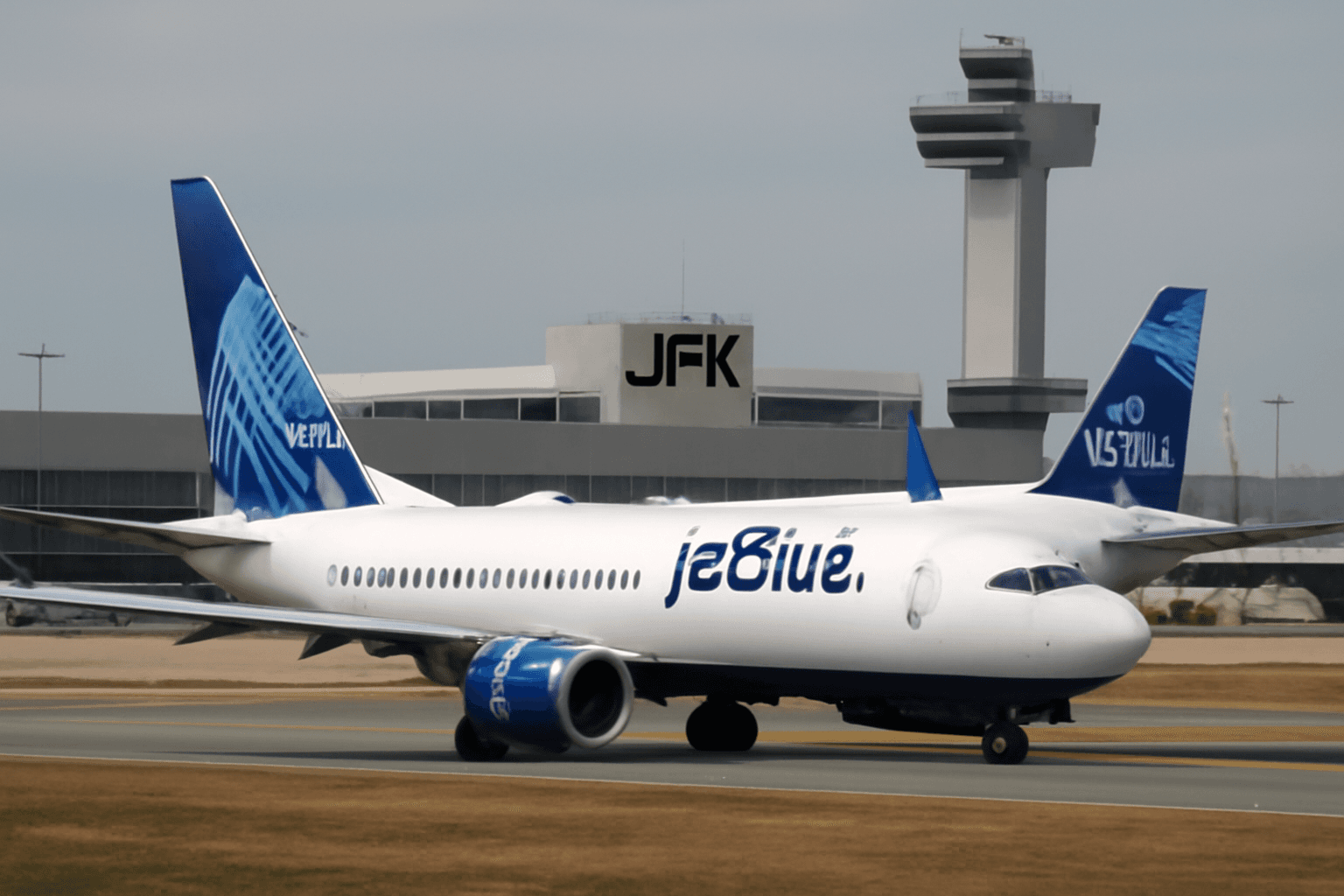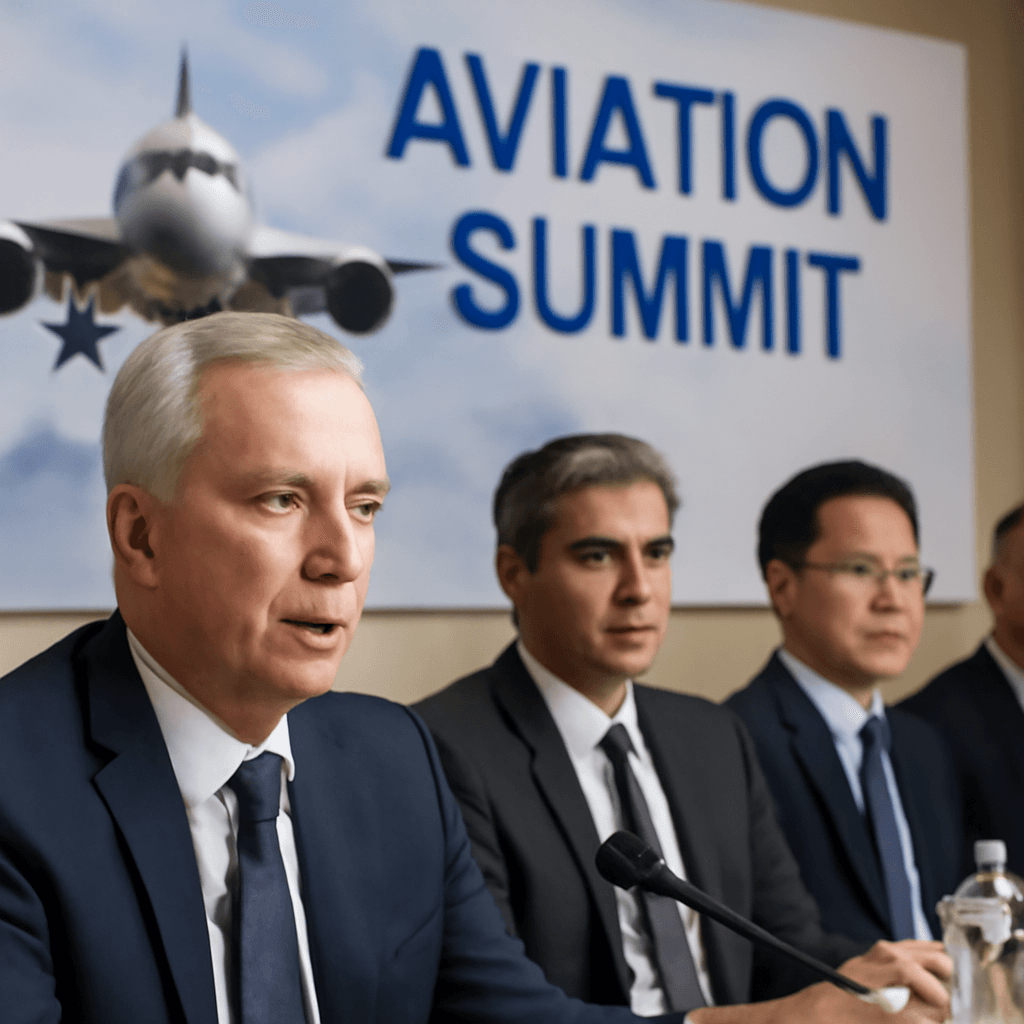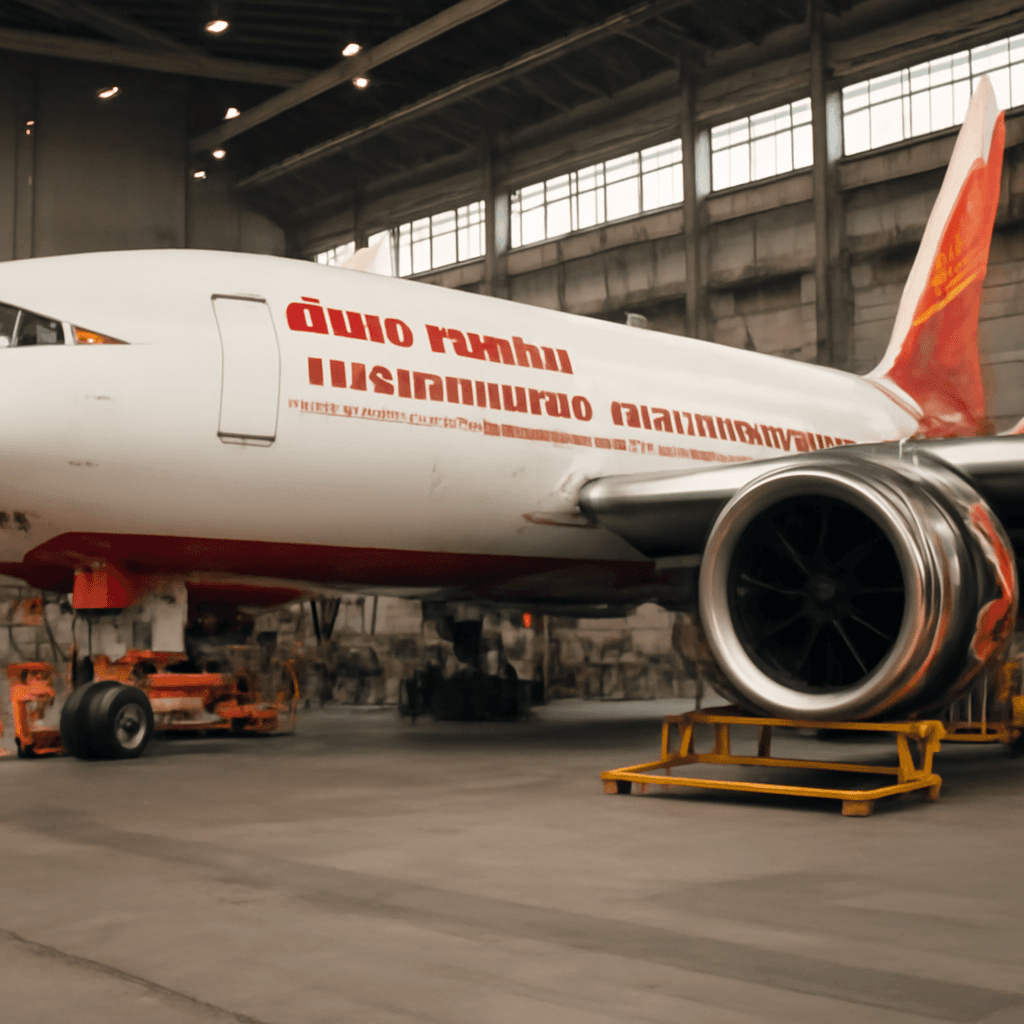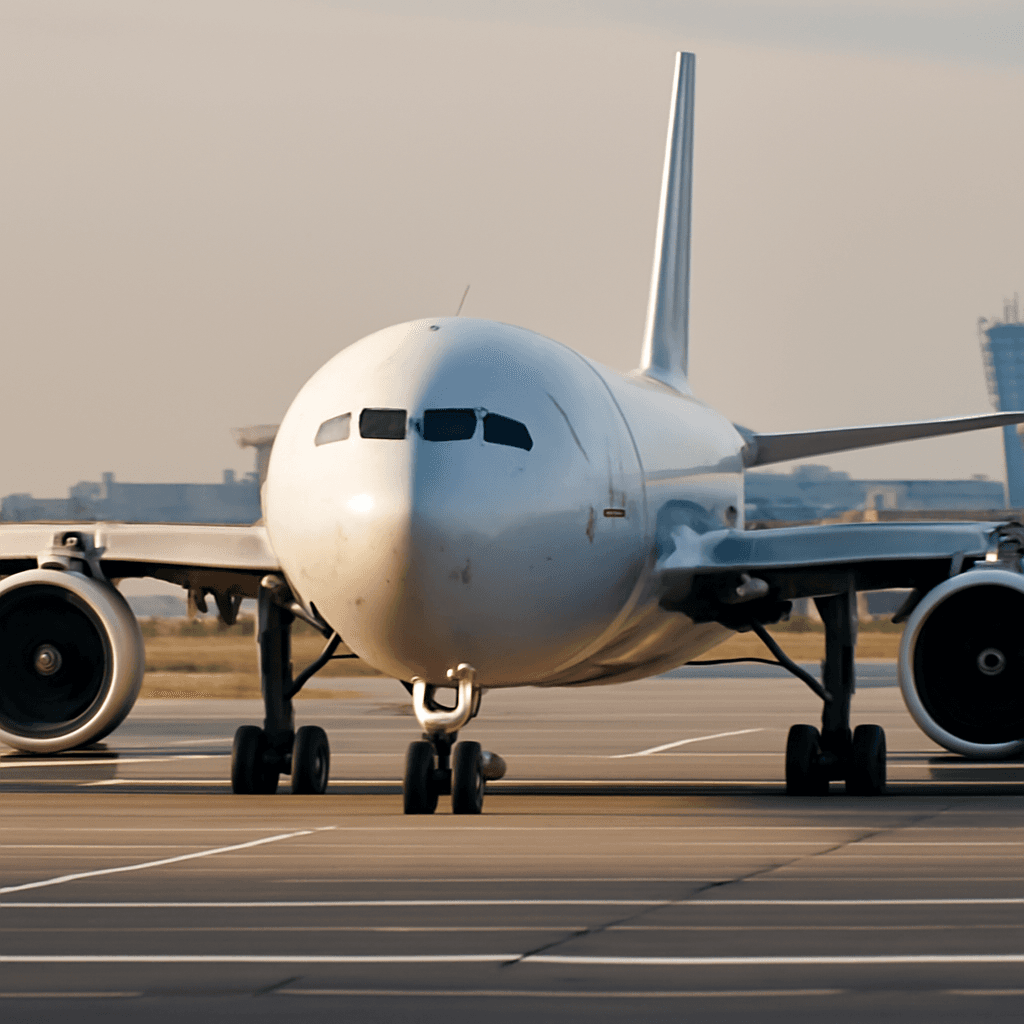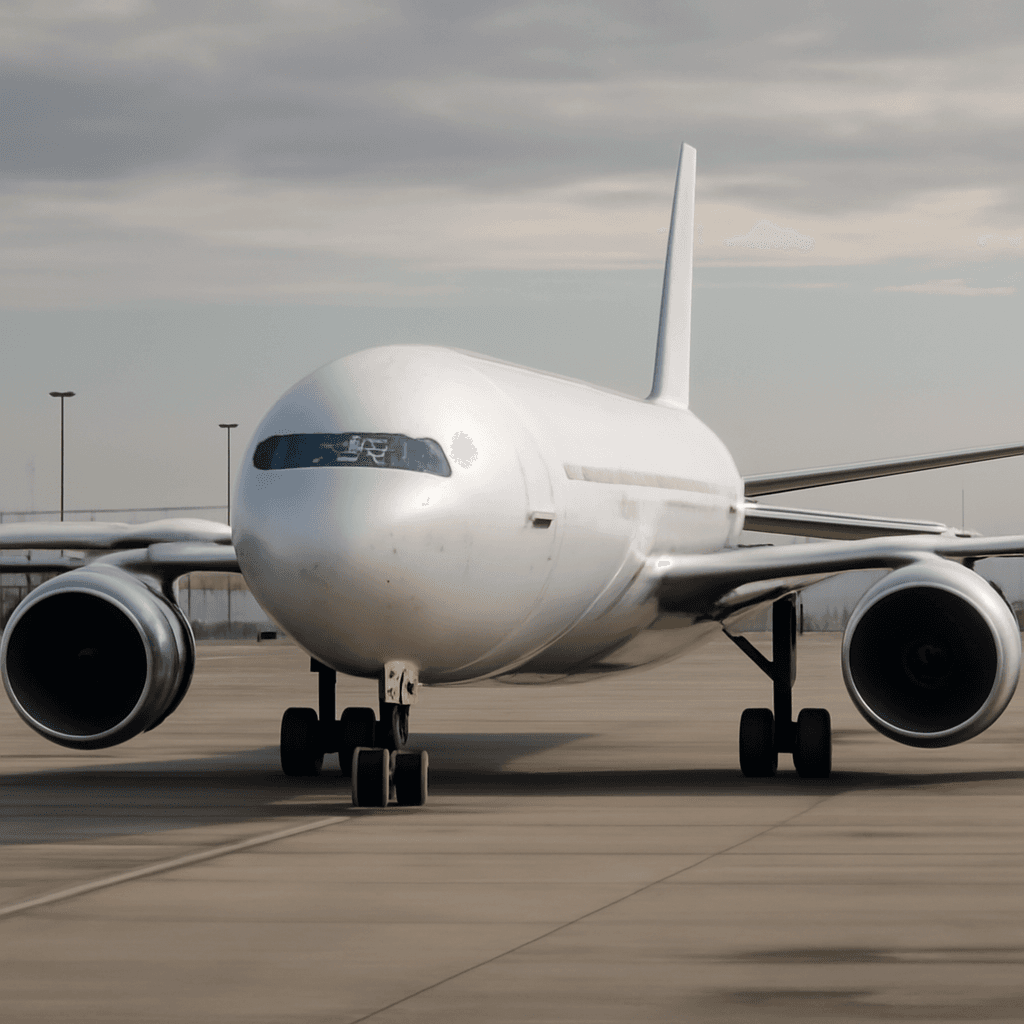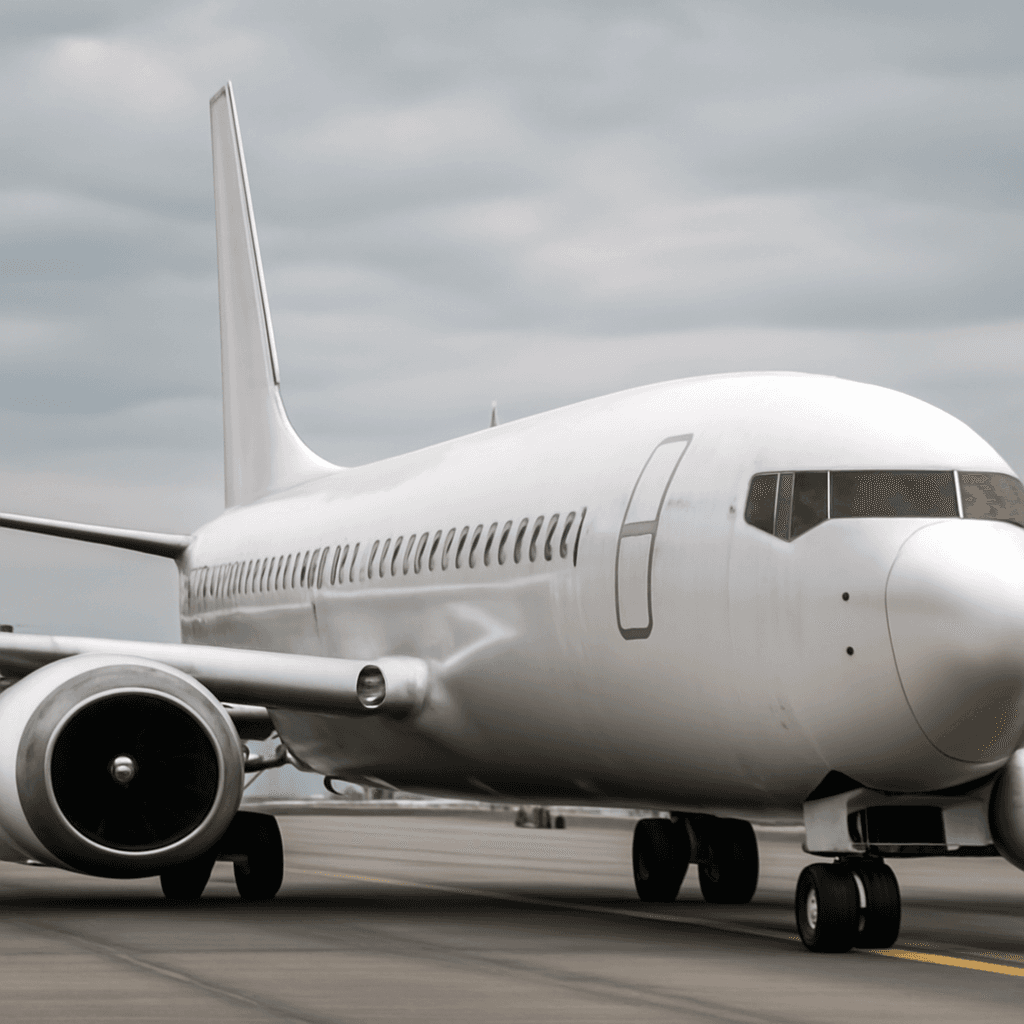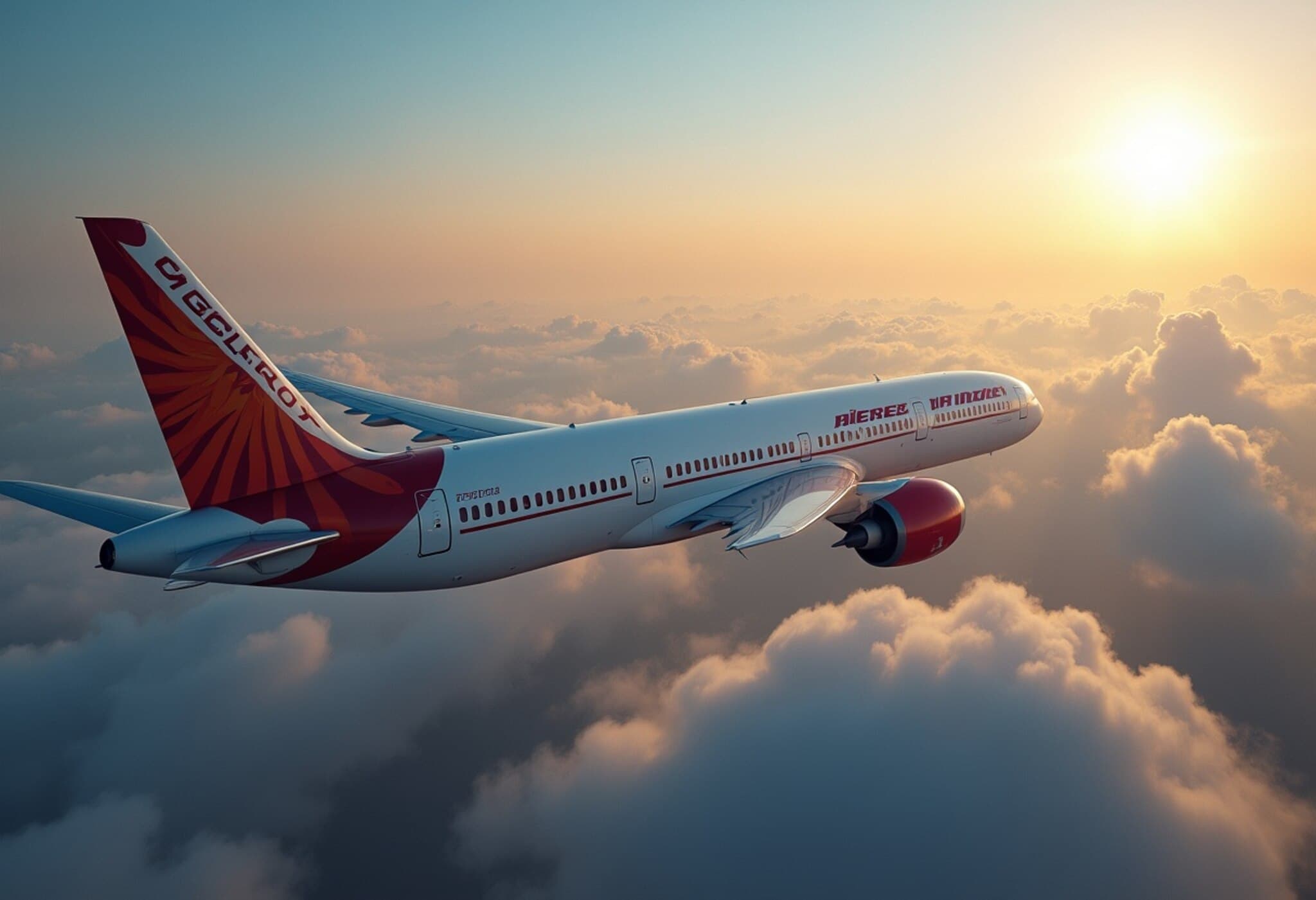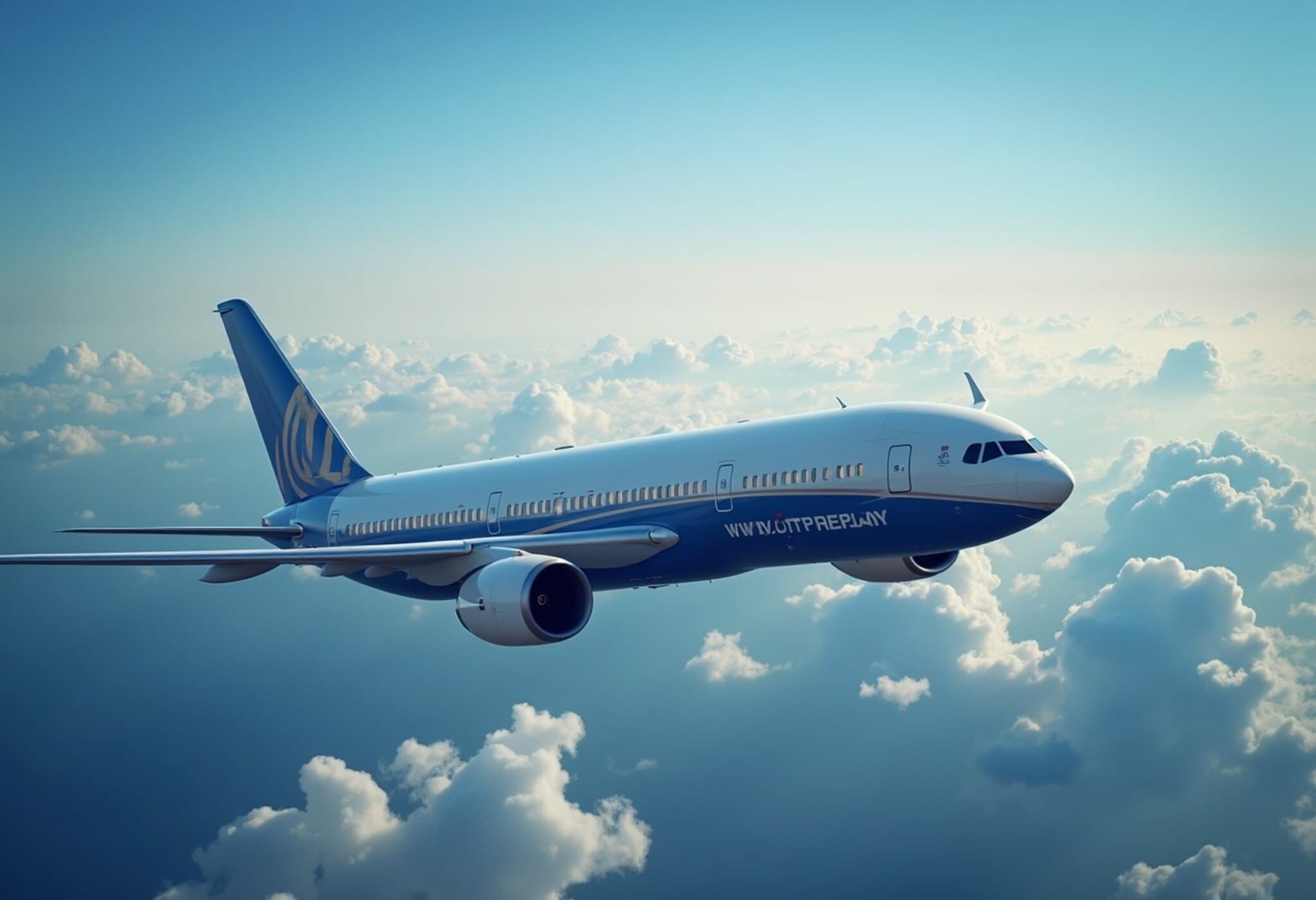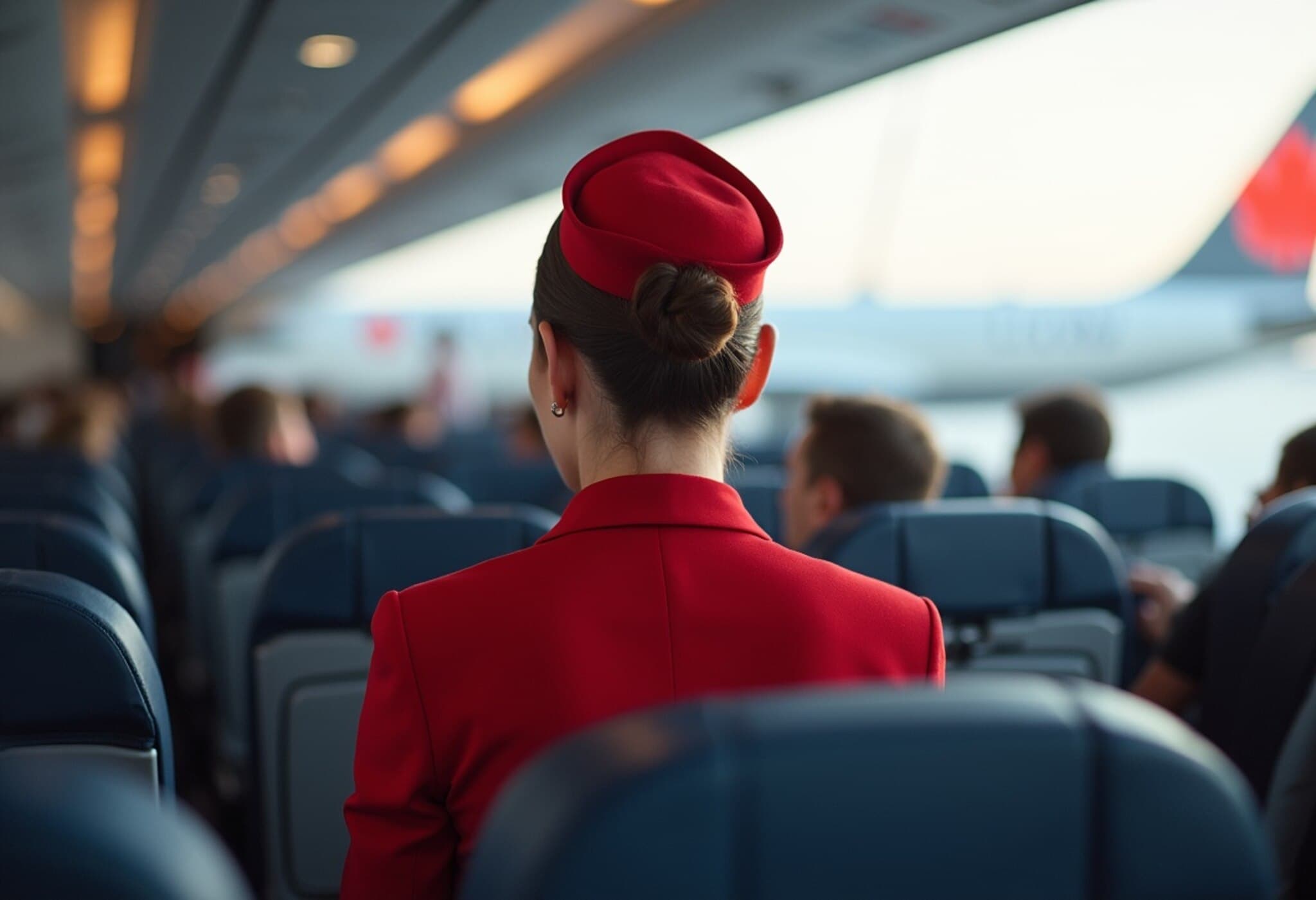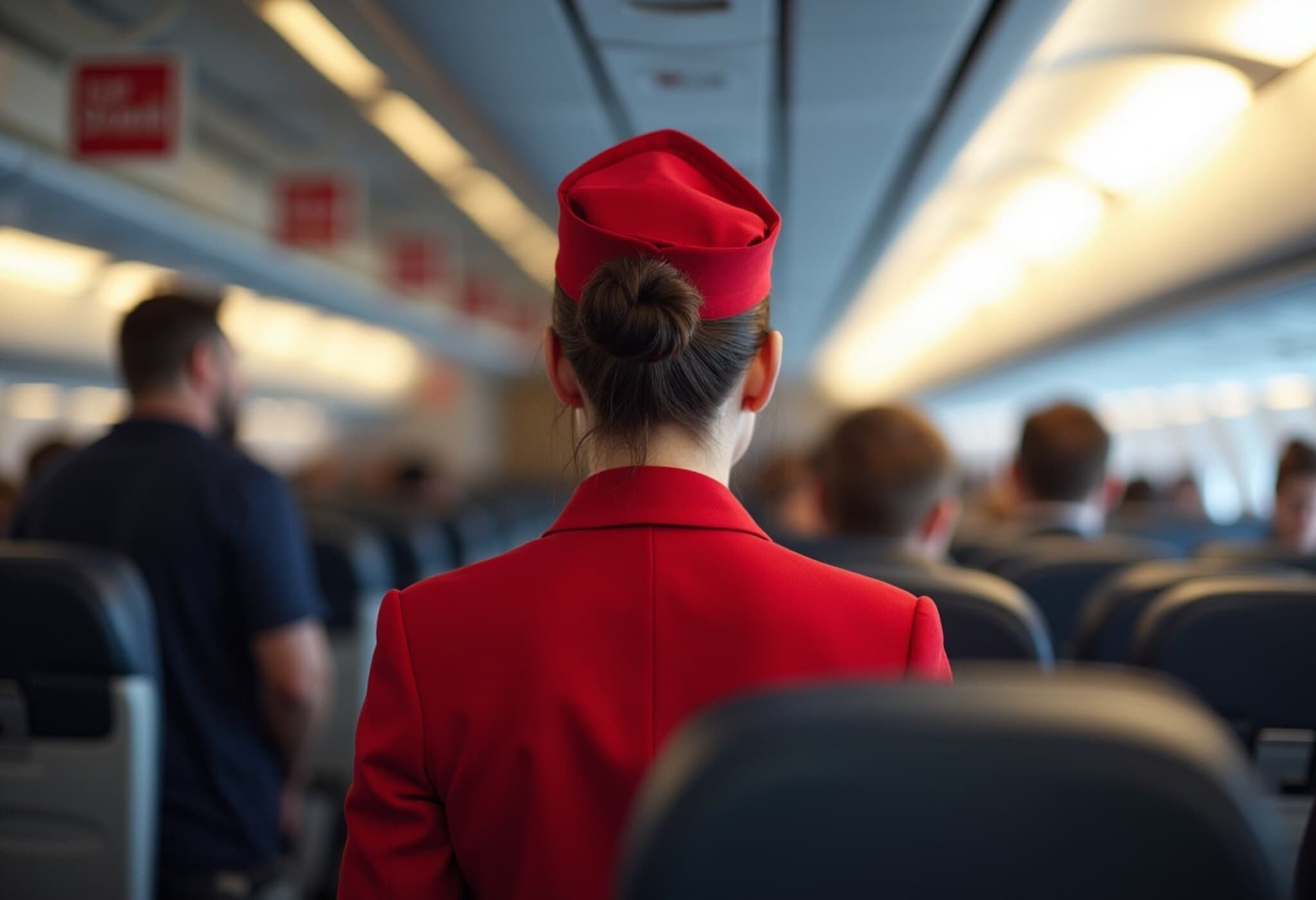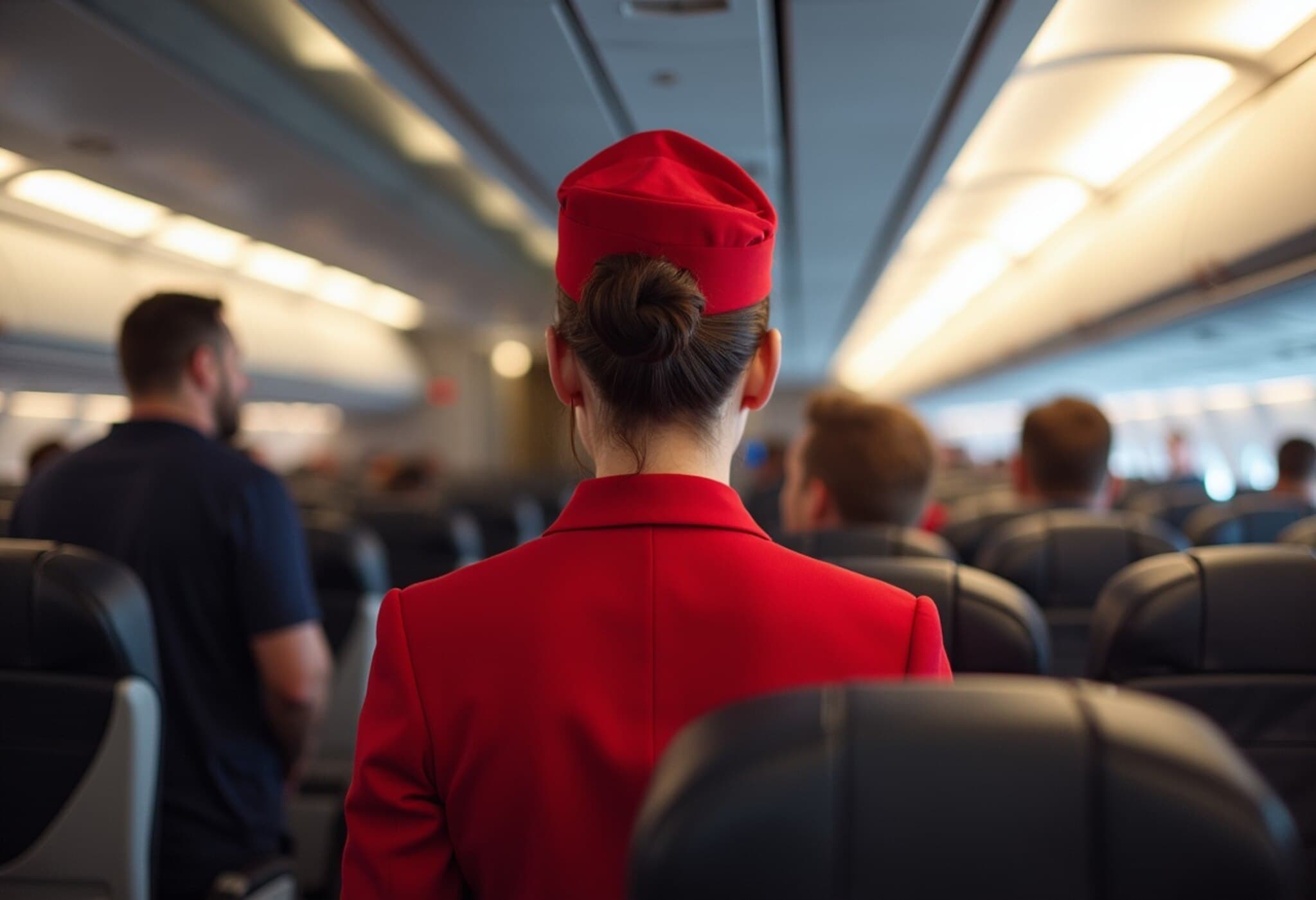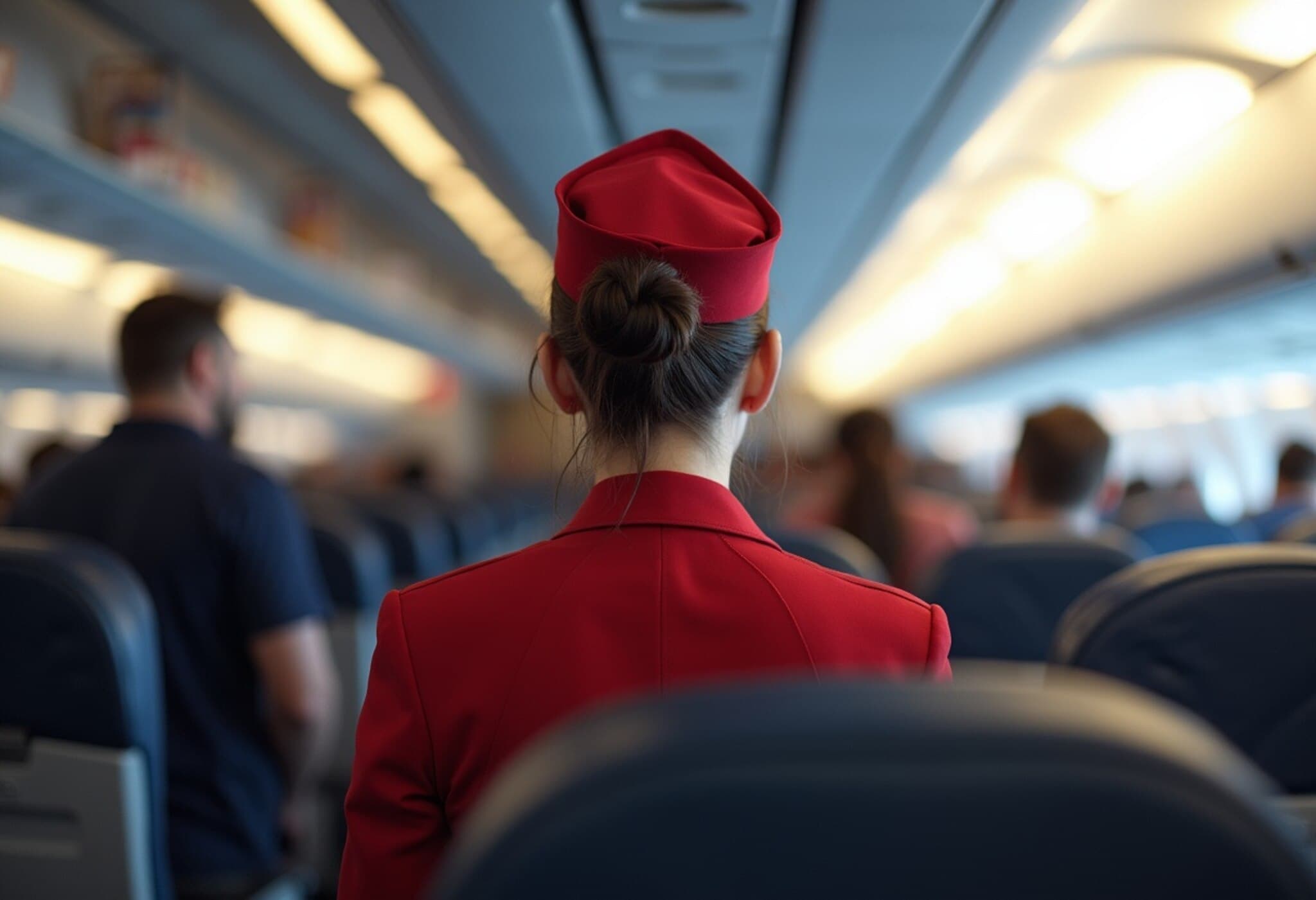Air Canada Flight Attendants Poised for Strike as Contract Deadlines Loom
As the summer travel season reaches its peak, Air Canada faces a growing labor dispute that threatens to ground flights and disrupt tens of thousands of travelers. Unionized flight attendants, represented by the Canadian Union of Public Employees (CUPE), are preparing for a systemwide strike set to begin just after midnight Saturday, August 16, 2025. This looming work stoppage casts a shadow over Canada's largest airline and the broader tourism sector, with unresolved contract negotiations centered around pay and compensation.
Flights Canceled and Delayed Ahead of Strike
By mid-afternoon on Friday, Air Canada had already canceled 174 flights and delayed nearly 100 more as a warning signal and operational necessity ahead of the strike deadline. The airline anticipates up to 500 cancellations by the end of the day, potentially stranding approximately 100,000 passengers nationwide.
Passengers like Robyn Flynn, a recording studio owner traveling with her young daughter from St. John's, Newfoundland and Labrador, have experienced multiple delays but expressed solidarity with the flight attendants. "They deserve a salary increase ...and if our flight gets cancelled, I 100% blame Air Canada, not the flight attendants," Flynn told Reuters, capturing the emotional complexity many travelers face balancing inconvenience with support for workers.
Unpacking the Wage Dispute: What Flight Attendants Want
The heart of the dispute lies in how flight attendants are compensated. Traditionally, payment has been tied to the time the aircraft is in motion. However, the union is pushing for wages that reflect all hours worked, including tasks such as boarding, pre-flight preparations, and waiting time between flights. In an era of increasing labor rights awareness across North America, this demand signals a significant shift toward recognizing the full scope of flight attendants' roles.
With over 10,000 flight attendants employed by Air Canada and its low-cost affiliate, Air Canada Rouge, this labor action has far-reaching implications not only for the airline's operational capacity but also for employee relations in the aviation sector.
Government Intervention and Economic Stakes
The Trudeau minority government, led by Prime Minister Mark Carney, faces mounting pressure to intervene. Jobs Minister Patty Hajdu retains the authority under the Canada Labour Code to request binding arbitration via the Industrial Relations Board, aiming to resolve the dispute without a strike. However, CUPE has vocally opposed this potential intervention, warning it could dampen the airline's willingness to negotiate in good faith.
Comparatively, previous government interventions under the Trudeau administration came swiftly to prevent rail and dockworker strikes viewed as existential threats to Canada’s economy. Yet, experts such as Rafael Gomez, director of the University of Toronto’s Centre for Industrial Relations and Human Resources, suggest the current strike—while impactful—is a less dire economic emergency.
Nevertheless, the forecast financial damage is significant. Analysts at TD Cowen estimate a three-day strike could slash Air Canada’s earnings before interest, taxes, depreciation, and amortization (EBITDA) by around C$300 million. Interestingly, in spite of the turmoil, Air Canada’s share price was up nearly 1.5% on Friday afternoon, possibly reflecting investor confidence in the airline’s long-term resilience or anticipation of a resolution.
Broader Implications: Travel, Trade, and Labor Dynamics
Air Canada carries approximately 130,000 passengers daily and remains the largest non-U.S. carrier flying to the United States, despite recent reductions in cross-border travel tied to trade tensions. A strike at such a critical juncture risks escalating travel disruptions across Canada and internationally, potentially influencing airline labor negotiations throughout North America.
The union’s push also highlights an underreported shift in how airline labor conditions are evolving—fueling a broader debate about worker equity in an industry historically resistant to compensating beyond “wheels up to wheels down” flight time. This dispute could pave the way for re-evaluating airline labor practices across the continent.
Editor’s Note
The Air Canada flight attendants’ standoff underscores more than just a paycheck dispute. It reveals tensions at the intersection of labor rights, economic pressures, and public inconvenience. As the summer surge meets a potential travel gridlock, questions linger about how governments balance protecting economic stability with supporting workers’ demands for fair compensation. Could this strike be a harbinger of broader labor shifts in the aviation and service sectors? And what role should policymakers play in mitigating the fallout without compromising negotiation integrity? Readers are encouraged to consider these complex dynamics amid unfolding events.

